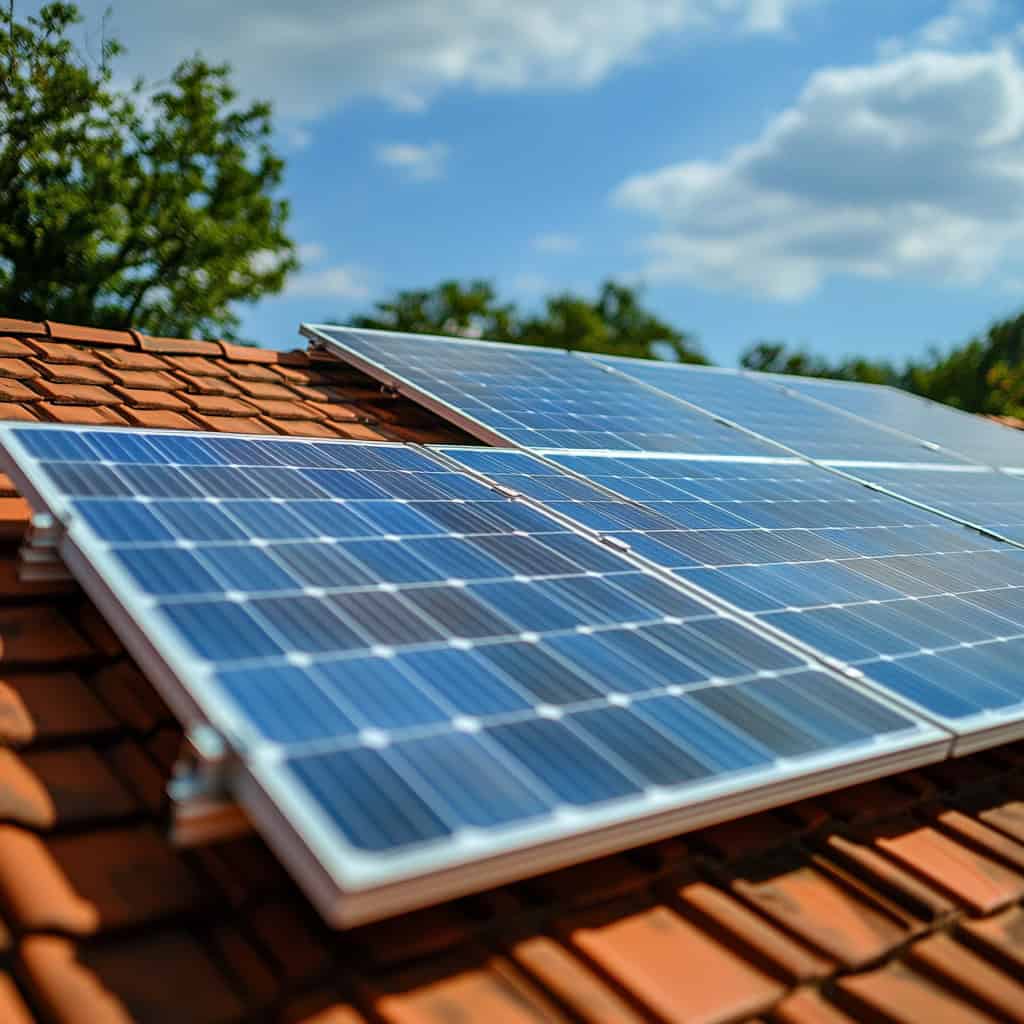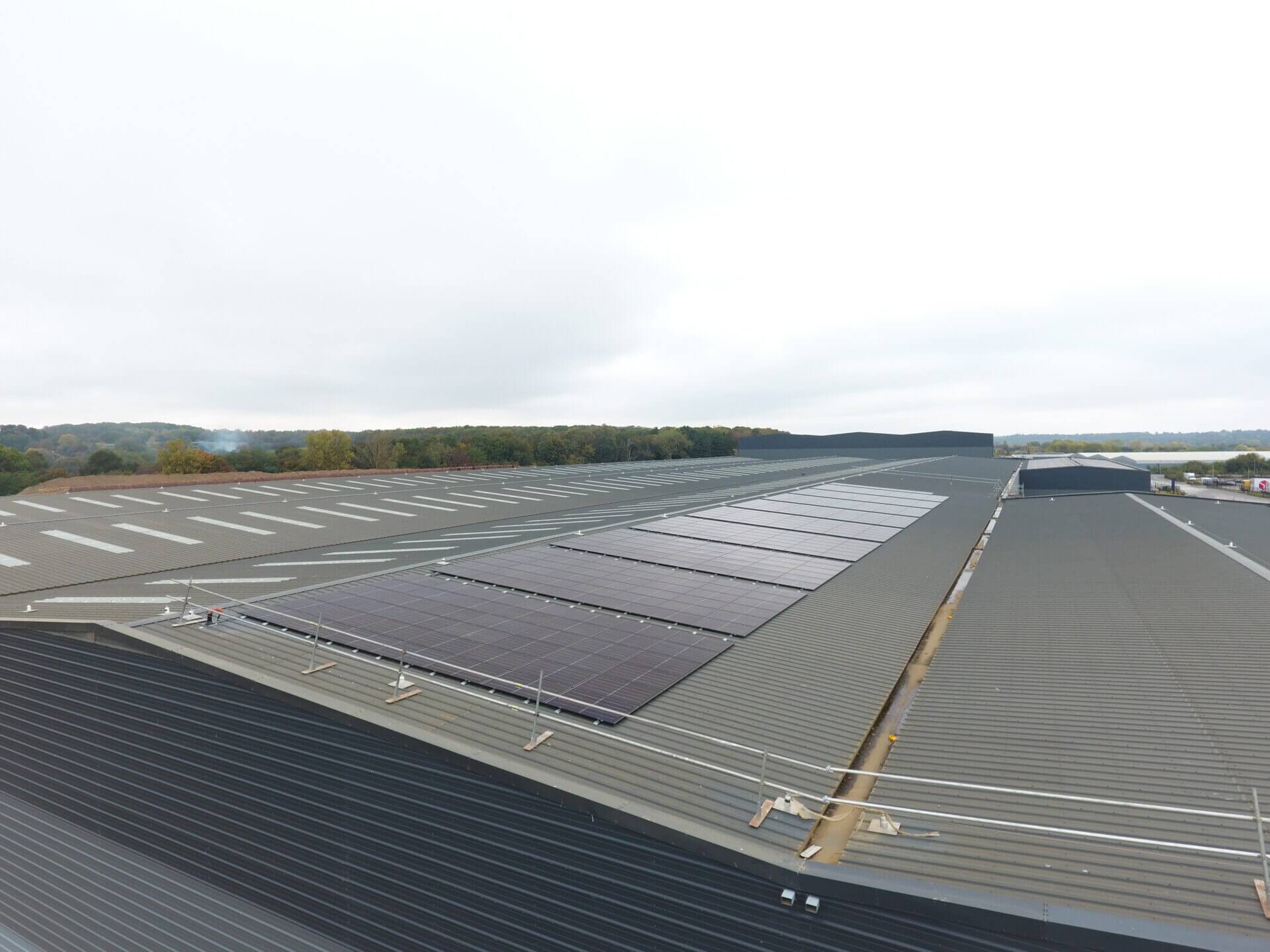As the frequency and intensity of natural disasters escalate because of climate change, energy resilience has emerged as a critical component of emergency preparedness.
In areas prone to disasters, traditional infrastructure is often weak or not well kept. Having reliable power can be crucial.
Solar energy, particularly through portable and resilient solar systems, is proving to be a transformative solution for emergency response and disaster recovery.
Why Power Resilience Matters In Disasters
Natural disasters, earthquakes, hurricanes, wildfires, tsunamis, and floods can destroy critical infrastructure within hours. Electricity grids are especially vulnerable, with outages often lasting days, weeks, or even months. In such situations, electricity is essential not just for comfort, but for survival.
Lack of power affects:
- Communication: Without electricity, cellular networks and internet connectivity falter, limiting the ability to call for help or coordinate relief efforts.
- Medical services: Hospitals and clinics require electricity to power life-saving equipment, refrigerate vaccines and medications, and perform surgeries.
- Food and water: Refrigeration is needed to preserve food, while water purification systems often rely on electric pumps.
- Security and lighting: Proper lighting deters looting, increases safety, and provides psychological comfort to displaced individuals.

Traditional backup systems such as diesel or gasoline generators, while helpful, are far from ideal in disaster zones. They are noisy, heavy, and depend on fuel supply chains that may be disrupted. They also emit harmful fumes, posing health risks in confined or populated areas.
The Promise Of Solar Energy In Emergency Scenarios
Solar energy, by contrast, offers a cleaner, quieter, and increasingly cost-effective alternative. When used with battery storage systems, it becomes a strong and dependable solution. It works for both short-term emergencies and long-term planning.
Key Advantages Of Portable Solar Systems
- Mobility & Rapid Deployment
Modern portable solar kits are lightweight, foldable, and easy to transport.
Units can be deployed within minutes, without the need for grid connectivity.
Can be air-dropped or carried into remote or inaccessible areas.
- Autonomy & Energy Independence
Solar energy systems are not dependent on external fuel supplies.
Systems with integrated battery storage can provide power even at night or during overcast conditions.
- Low Maintenance & Durability
Solar panels have few moving parts, reducing maintenance needs.
Designed for rugged environments, many systems are waterproof, dust proof, and shock-resistant.
- Scalability & Modularity
Systems can be as small as a solar-powered flashlight or as large as a mobile solar micro grid.
Modular systems can be expanded based on energy needs.
- Environmentally Friendly
Zero emissions reduce the carbon footprint and avoid the toxic fumes of fossil fuel generators.
Quiet operation is ideal for use in dense shelter environments or during nighttime.

Applications In Real-World Disaster Preparedness & Response
Emergency Medical Services
Portable solar systems can power:
- Field hospitals
- Mobile diagnostic units
- Refrigerators for blood, insulin, or vaccines
- Defibrillators and ventilators
Community Resilience Centres
Micro grids powered by solar and battery storage can serve as energy hubs for:
- Charging phones and radios
- Providing internet access
- Hosting essential services like water filtration and refrigeration
Humanitarian Aid & Refugee Camps
Organisations like the United Nations High Commissioner for Refugees (UNHCR) use solar energy to:
- Provide lighting and safety in camps
- Support water pumping and sanitation systems
- Power classrooms and administrative buildings
Individual Preparedness
Households can equip themselves with:
- Solar lanterns
- Power banks with solar panels
- Small solar generators to power essential devices
These systems can be life-saving in rural or off-grid communities vulnerable to recurring disasters.
Future Outlook & Strategic Recommendations
Integrate Solar into Emergency Planning
Governments should make solar technology a core component of national and local disaster response frameworks.
We also set up pre-installed solar micro grids. These are placed in important locations, such as schools and hospitals. This way, we are prepared.
Public-Private Partnerships
Private solar companies, NGOs, and governments can collaborate to develop resilient, cost-effective emergency energy solutions. Subsidising solar tech for low-income, high-risk communities increases overall preparedness.
Education & Training
Communities must be trained not only to use solar systems but also to maintain and repair them. Local ownership boosts efficiency and sustainability.
Ongoing research and development is essential to improve the portability, efficiency, and battery integration of solar emergency systems. Innovations like solar backpacks, inflatable solar lights, and solar drones continue to enhance disaster response capabilities.
Conclusion
As disasters happen more often and become worse, we need strong, clean, and local energy solutions more than ever.
Portable and strong solar systems offer more than just technology. They provide light, power, and hope when everything else fails.
Using solar energy for disaster preparedness and response can help communities. It can save lives and create a safer future. This approach also promotes sustainability.

